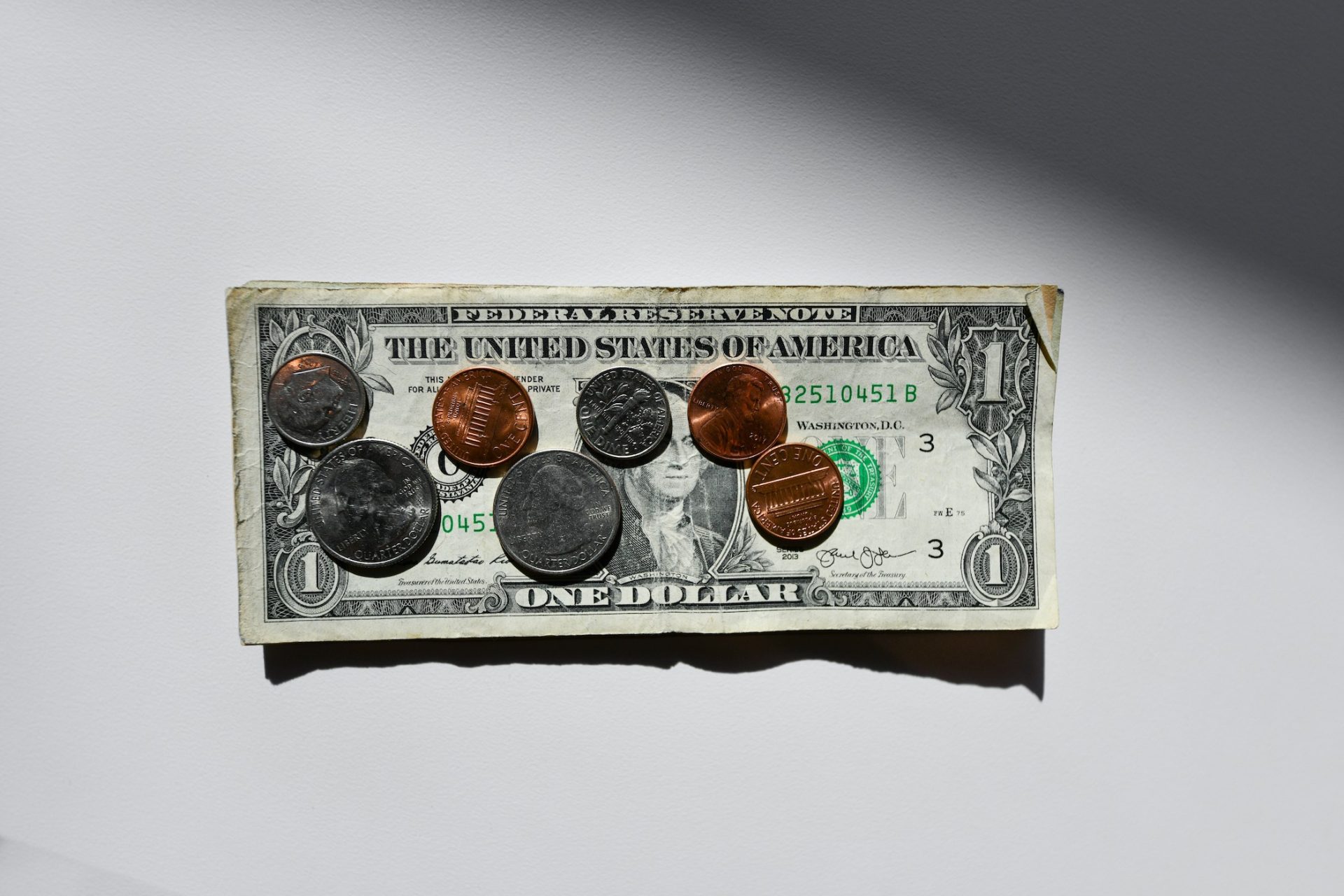Prepare for your future with tailored retirement plans for each stage of your career.
By Carrie Volmer, With Alexis Bennett

IRAs, mutual funds, HSA and FSA accounts, tax deductions, and life insurance—planning for your future can be overwhelming. Unlike regular full-time employees who have human resource offices and pamphlets to peruse, as a horse trainer you’re often left to navigate retirement planning on your own. While the freedom of owning your own business comes with its own perks, this area can feel daunting, and as a result is often neglected.
In this three-part series, you’ll learn about three phases of financial planning:
Part 3: The Out-to-Pasture Plan
The Prime Time Plan
This is the trainer who’s at the peak of his career. If you invoice upwards of $50,000 per month, have multiple employees, have earned large purses, regularly negotiate the sale of horses for upwards of $100,000, and have horses/investments of your own, this might be your business.
As long as you’re not reinvesting every extra cent in your business, your additional disposal income might make it easier to save for your future. At this point in your career, if you haven’t worked with a CPA, a financial planner, and an attorney, or at least sought sound guidance, now is the time. Treat your program like a small business and get a team together that’ll help guide your decision-making so you can set up safeguards for down the road.
Investing: Similar to the Futurity Plan, set up an investment account if you haven’t already. Arrange automatic contributions to the account, and aim to save between five and 10 percent of your gross income. You can continue to invest with a moderate to aggressive profile with a higher ratio of stocks to bonds, continuing to give you the greatest average annual return.
If you’re winning large purses, you likely run into tax issues and owe the IRS at the end of the year. If this is the case, set up a SEP or simple IRA or a 401(k). All of these are tax-deductible accounts that you can contribute to pre-tax until your first withdrawal. This helps you avoid paying taxes on income that can be reinvested.
A large amount of money from a sale or purse can also be deposited into an annuity. An annuity allows you to contribute a lump sum up front in exchange for a stream of income at retirement, similar to a pension. Determine how much additional income you’ll need in retirement based on social security payments and other income you have, and then work with a financial planner to ensure that you purchase the correct annuity, with the appropriate benefits.
Healthcare: If you qualify, choose a low-cost, high-deductible plan with a Health Savings Account (HSA). If you expect medical bills due to a pre-existing condition, family planning, or small children, enroll in a lower-deductible plan with a Flexible Spending Account (FSA). Similar to an HSA, an FSA allows you to make tax-deductible contributions to a savings account to put toward medical expenses.
Other assurances: Choose a permanent life insurance policy, which acts similar to a Roth IRA for those in a higher income bracket. Unlike term life insurance, the coverage doesn’t go away after a certain number of years, as long as you fund it properly.It’s during this time in your career that you’ll want to consider estate planning to protect high-value assets. This creates a trust that provides an allowance to care for horses, investment properties, etc. in the event that your family isn’t equipped to do so. You can fund estates with life-insurance policies and take out funds against the policy if necessary.
Read the rest of this article at the links above.



